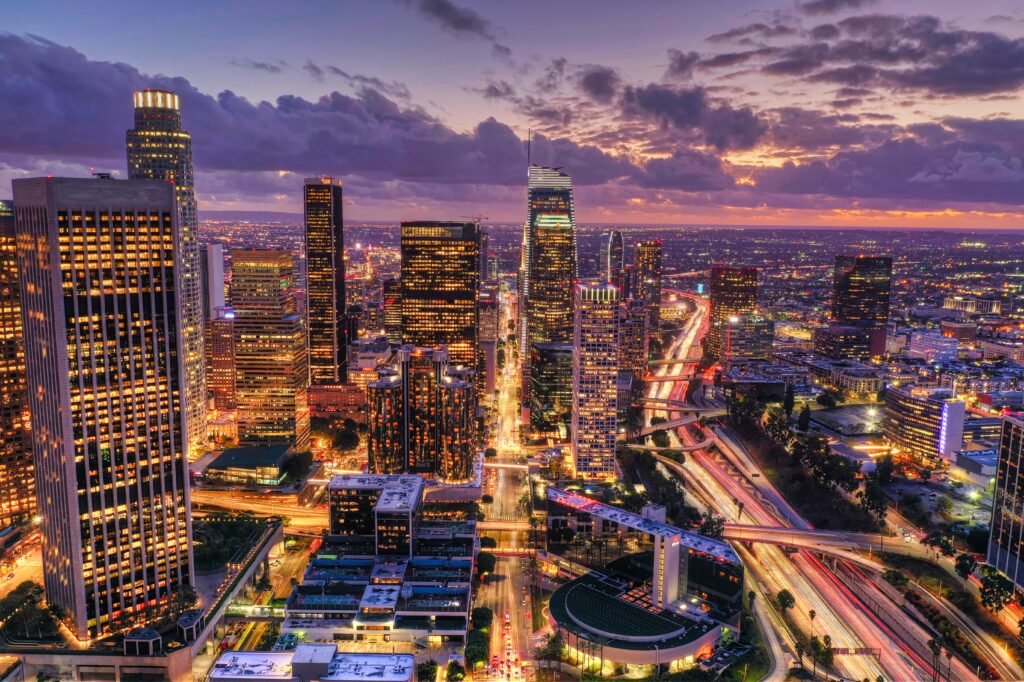The Windy City, known for its stunning architecture and vibrant culture, can also be susceptible to flooding. Whether it’s a burst pipe, heavy rain, or overflowing rivers, unexpected water damage can wreak havoc on your home or business. In these situations, time is of the essence. This blog will guide you through what flood restoration Chicago entails and how to navigate the recovery process.
Table of Contents
Understanding Flood Restoration Chicago & Damage
Floodwater can cause significant damage to your property, affecting everything from flooring and walls to furniture and appliances. The severity of the damage depends on the type of water (clean vs. sewage), the duration of exposure, and the materials affected.
Here are some common problems associated with flood damage:
- Structural Damage: Floodwater can weaken foundation walls, flooring, and beams.
- Mold Growth: Damp environments are breeding grounds for mold, which can pose serious health risks.
- Electrical Issues: Standing water can damage electrical wiring, creating a potential fire hazard.
- Contamination: Sewage backup or contaminated floodwater can introduce harmful bacteria and pathogens.
The Flood Restoration Process in Chicago
The flood restoration process typically involves several steps:
1. Emergency Response:
- Stop the Source: The first priority is to identify and address the source of the water leak or flood.
- Safety First: Turn off the electricity and gas supply to prevent electrical shock or fire hazards.
- Minimize Further Damage: Remove furniture and belongings from the affected area to prevent further water damage.
2. Water Removal and Drying:
- Water Extraction: Professional flood restoration companies utilize specialized pumps and vacuums to remove standing water.
- De-humidification: Industrial-grade dehumidifiers are used to extract moisture from the air and accelerate drying.
3. Cleaning and Sanitation:
- Cleaning and Disinfecting: Flood-damaged areas are thoroughly cleaned and disinfected to remove contaminants and prevent mold growth.
- Content Restoration: Flood restoration professionals may be able to salvage and restore furniture, carpets, and other belongings.
4. Structural Repairs and Reconstruction:
- Damage Assessment: A professional will assess the extent of structural damage and recommend necessary repairs.
- Reconstruction: This stage may involve replacing damaged flooring, walls, and other building materials.
Finding a Flood Restoration Company in Chicago
When dealing with flood damage in Chicago, choosing a reputable and experienced flood restoration company is crucial. Here’s what to look for:
- 24/7 Availability: Flood emergencies can occur anytime. Choose a company that offers 24/7 emergency response services.
- Licensing and Insurance: Ensure the company is licensed, bonded, and insured to protect yourself in case of any issues.
- Experience with Flood Damage: Look for a company with experience handling flood damage restoration in Chicago, specifically.
- Clear Communication: Choose a company that communicates clearly, explains the restoration process, and keeps you updated throughout the project.
Flood Restoration Chicago
Flood damage can be a stressful and overwhelming experience. However, by understanding the process of flood restoration Chicago and choosing the right professionals, you can get your home or business back on track quickly and minimize the long-term effects of flood damage.
